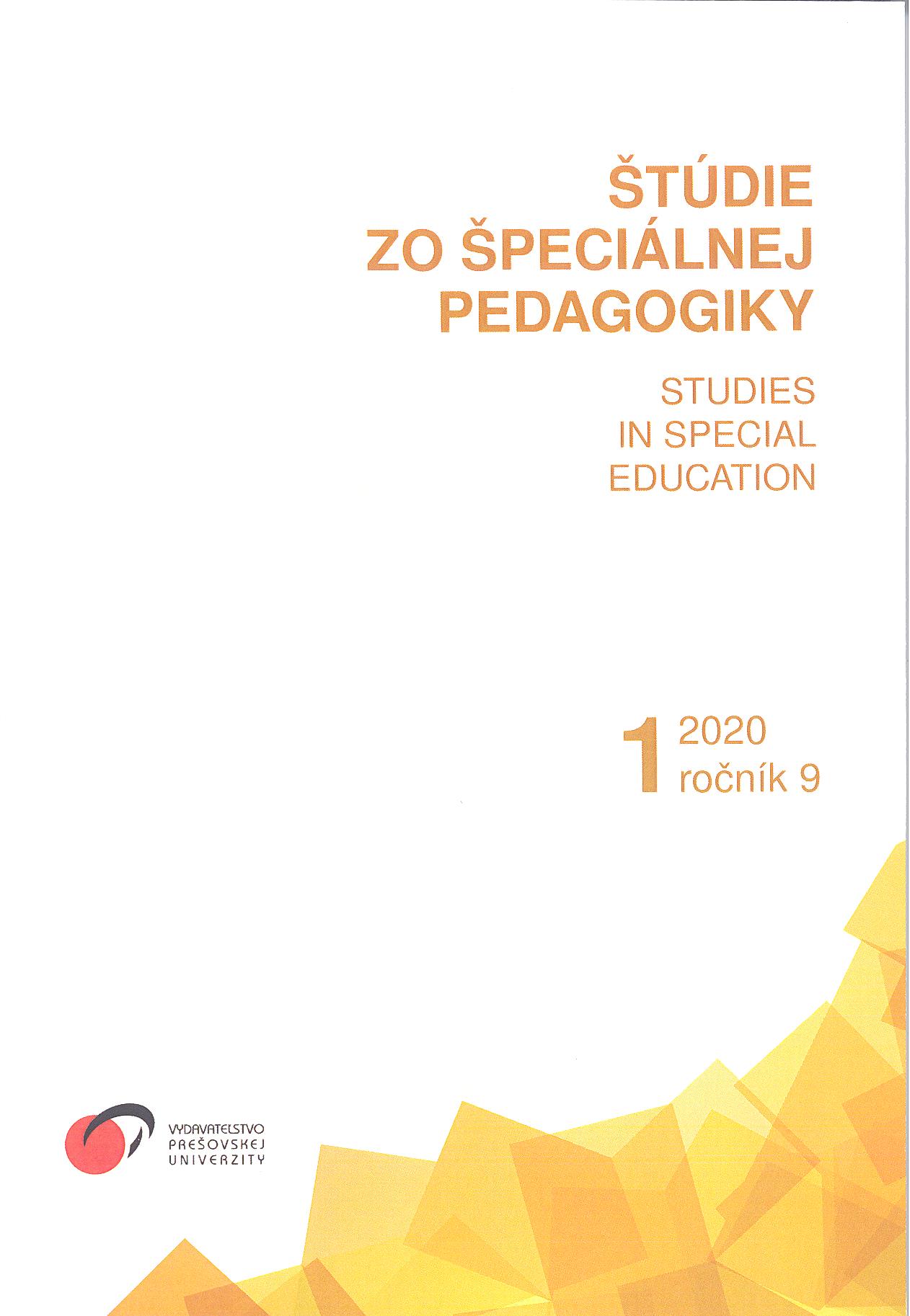Využití aplikované behaviorální analýzy při snižovaní výskytu chovaní spojeného s PIKA syndromem u dítěte s poruchou autistického spektra
Use of applied behavior analysis for reduction of behaviors associated with pica syndrome in a child with autism spectrum disorder
Author(s): Tullia Sychra Reucci, Karel PančochaSubject(s): Educational Psychology, Behaviorism, Inclusive Education / Inclusion
Published by: Vydavateľstvo Prešovskej univerzity v Prešove
Keywords: autism spectrum disorder; problem behavior; PICA; behavioral intervention; applied behavior analysis;
Summary/Abstract: People with autism spectrum disorder or with limited repertoire of skills often display problem behavior such as PICA (eating inedible objects). This behavior not only lowers the overall quality of life, but it can be harmful or even life threatening. The aim of this paper was to decrease this problem behavior and to evaluate the effectiveness of the intervention with the use of visual data analysis. The techniques used were time-out (removal of a preferred activity or item for a set time) and differential reinforcement of alternative behavior (DRA), where the alternative behavior was represented by functional communication and play. Single-subject experimental design was used to determine the effectiveness of the intervention with a specific child. The reversal design, which was used in this study, can provide important information about the effects of independent variable on the change in the target behavior. The intervention has proven to be effective as the problem behavior of the child decreased rapidly after its commencement.
Journal: Štúdie zo špeciálnej pedagogiky
- Issue Year: 9/2020
- Issue No: 1
- Page Range: 56-64
- Page Count: 9
- Language: Czech

